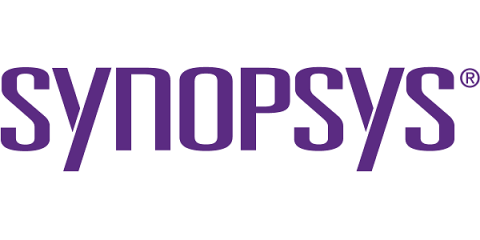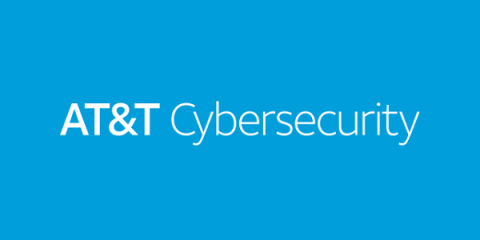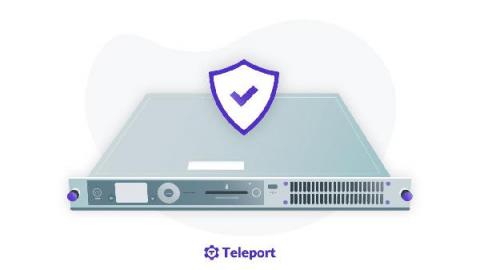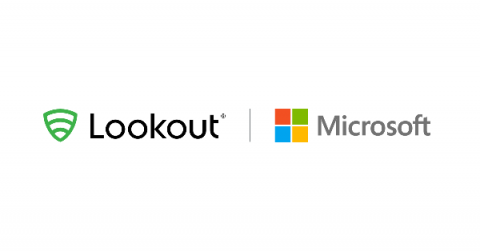New banking paradigm requires better security paradigm
The digital shift is creating security challenges for the FSI. Learn how Synopsys tools and services can help get your security program back on track. Banking isn’t what it used to be—which means banking security can’t be what it used to be either. Keeping customers’ assets safe is no longer a matter of locking the massive door of a vault and keeping watch with some security cameras. The threats to security come from computer keystrokes, not masked men with guns.











